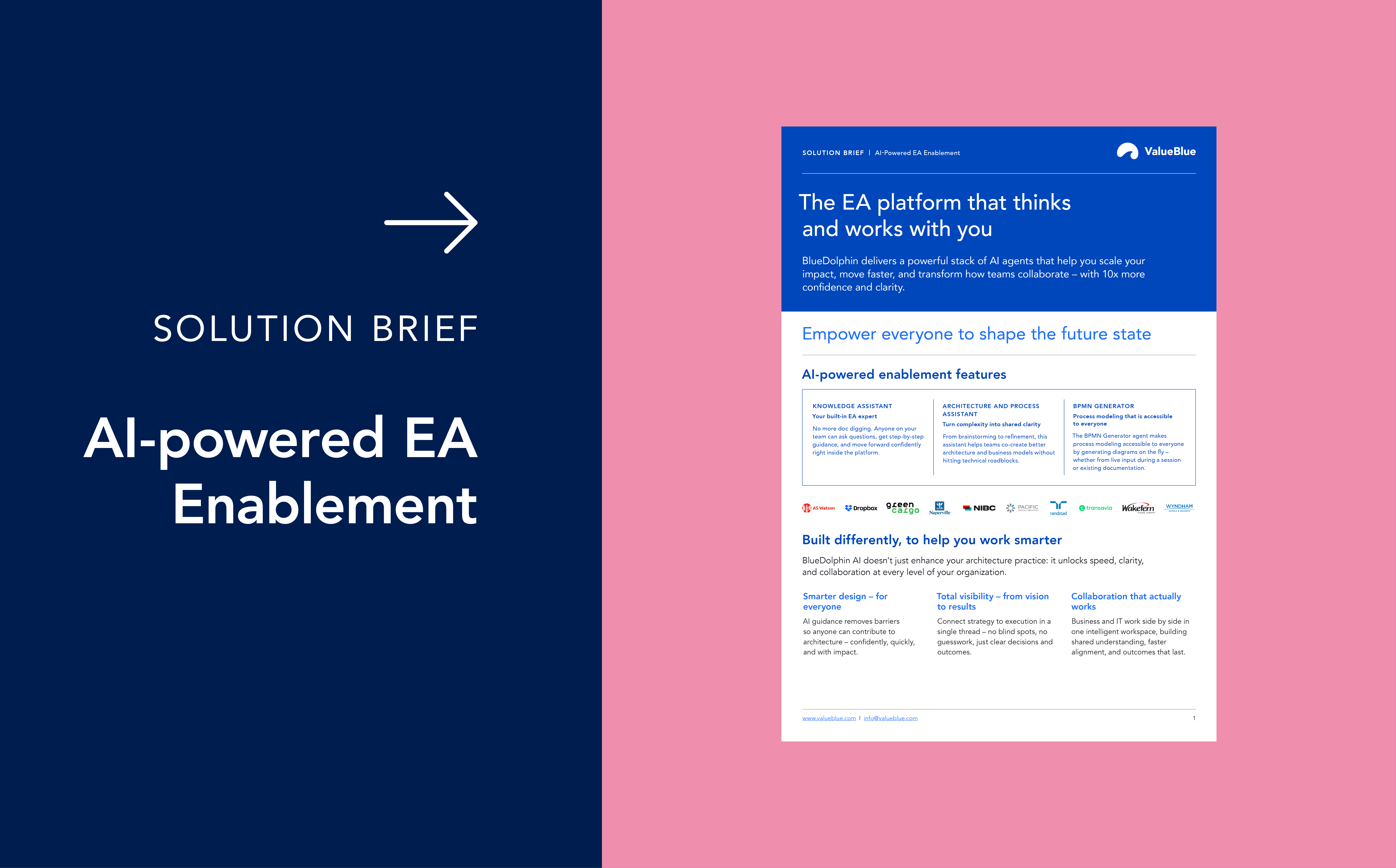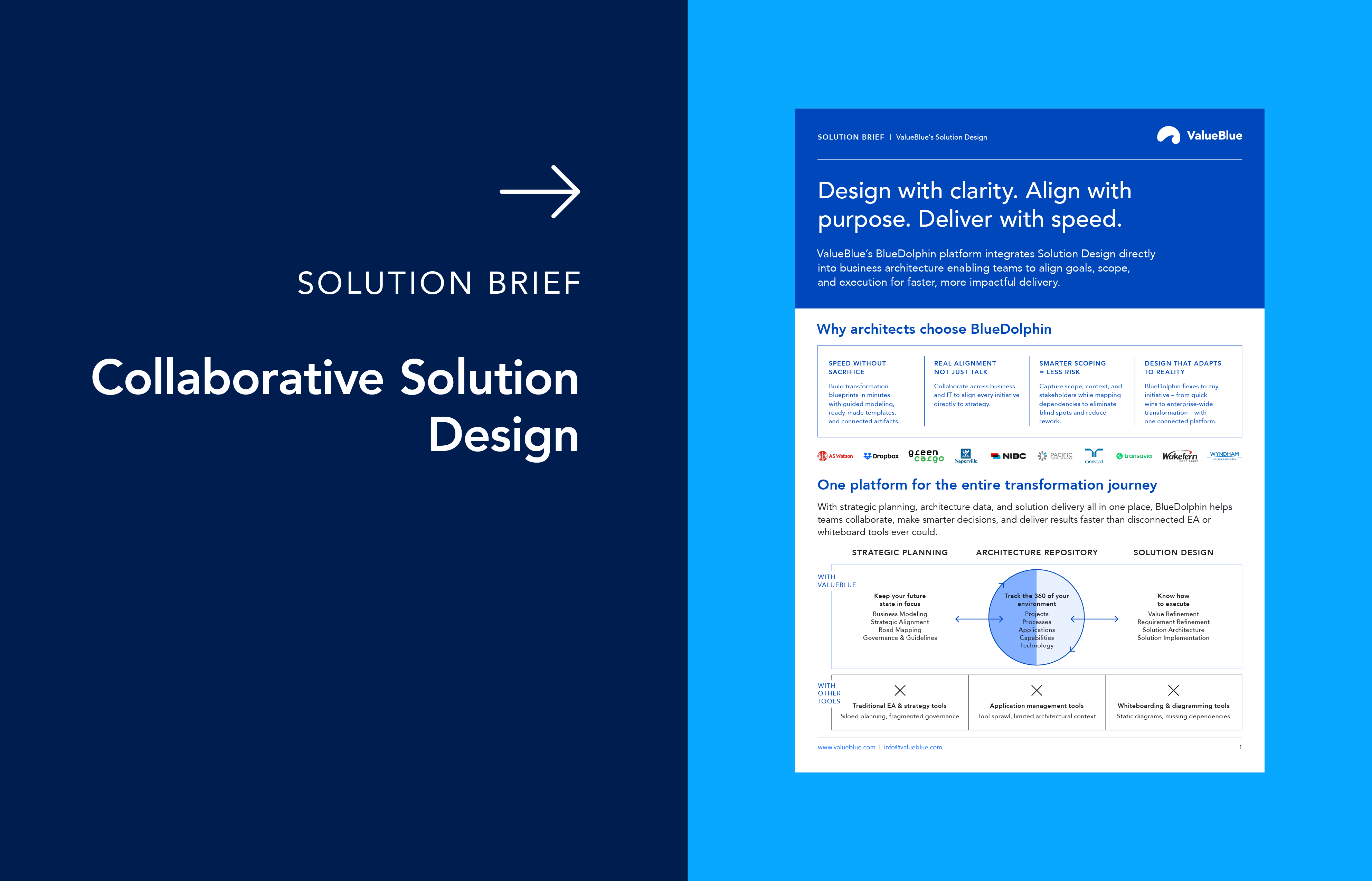KB - What is a physical data model?
Data modeling is the process of creating a visual representation of data to be stored inside so-called databases. Data models ensure consistency in the labeling of entities and their attributes, semantics and ensure a certain level of quality of the data. Data modeling can be performed on three distinct levels: conceptual, logical and physical. A physical data model represents the implementation of a data structure into the database. This means that a physical data model shows not only all entities, attributes and relationships (as specified in a logical data model), but there is also specified what data types are being used.
The entities from the logical data model are transformed into table names, whereas attributes become column names. For each column inside the physical data model, the data type is specified. Attributes can be of multiple types, such as integers, booleans and strings (e.g. attribute ‘first name’ is a string).
Software applications rely heavily on the interactions with (physical) databases. Therefore, it becomes hard to change a physical data model once the database is configured and especially when data of the application has already been inserted into the database.
Compared to the logical data model and the conceptual data model, a physical data model is prepared to implement a certain structure into a database whereas in the logical data model there are no technical specifications (such as data types) specified.



